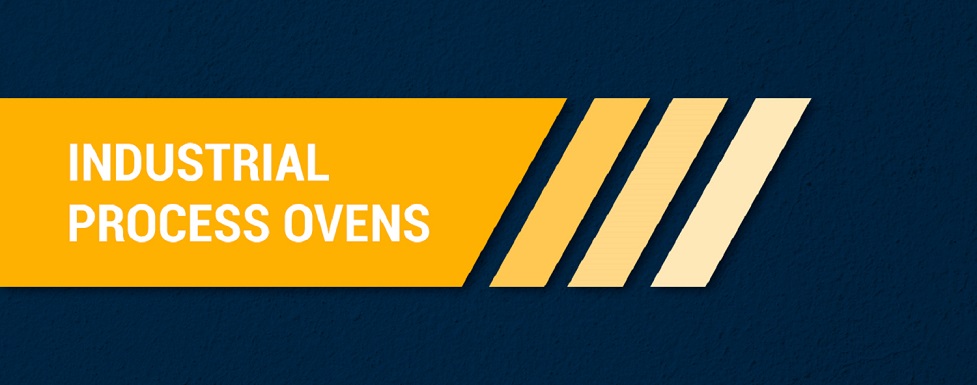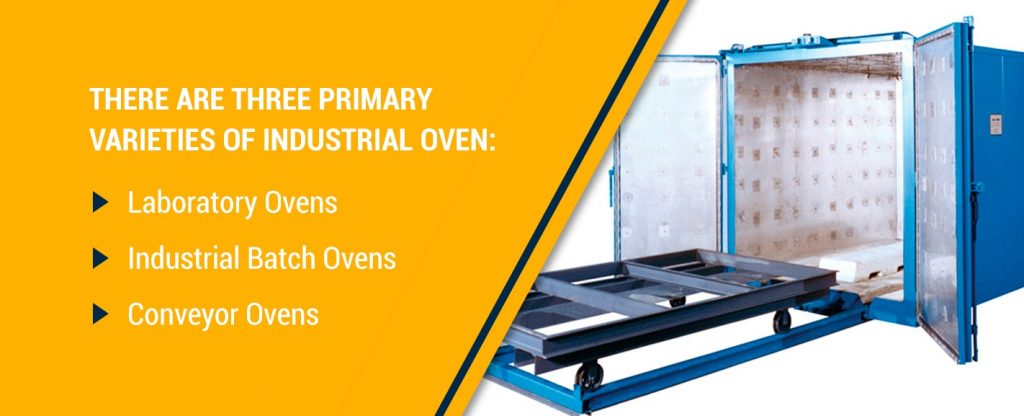
Demystifying Industrial Process Ovens
Last Updated: December 22, 2023No matter what you're producing, manufacturing involves a series of steps designed to ensure consistent quality. Whether it's a small or large-scale operation, heat is often a critical component at various stages. That's why having the right thermal processing equipment—industrial process ovens—is crucial. Finding the perfect oven for your needs requires thorough research and attention to detail. Once you know what to look for, you can make an informed decision that aligns with your requirements. A high-quality oven paired with the appropriate application can significantly enhance your manufacturing processes. This guide aims to help you understand industrial ovens, their different types, and how they function.
Contact Us
What Exactly Are Industrial Ovens?
Industrial ovens are chambers engineered to heat objects to extremely high temperatures, much like a kiln. Depending on the type of oven you opt for, they can accommodate both small and large product volumes and perform a variety of treatments. They excel in curing raw materials, removing moisture from products or components, and even aging processes. Some common applications of industrial ovens include electronics production, food processing, and chemical treatment. The core principles of industrial ovens revolve around their heat sources and airflow patterns. These ovens can derive their heat from electric, gas, steam, water, or oil sources, among others. Additionally, there are six primary airflow configurations that are vital to consider when configuring the oven for product loading. These include horizontal/vertical, vertical/horizontal, vertical/top-down, vertical/bottom-up, full horizontal, and full horizontal/vertical. These factors determine how industrial ovens operate. To ensure your oven matches your manufacturing needs, several considerations should be taken into account. Temperature control is key—if maintaining precise heat levels is critical, ovens with superior control accuracy might be the best option. Other factors to consider include handling materials, safety regulations, cost versus ROI, and any workflow constraints that could impact your operations.
Are There Different Varieties?
Given the diverse nature of manufacturing and the wide range of products requiring heat treatment, there are numerous types of industrial ovens. It's essential to select an oven that fits seamlessly into your workflow to achieve optimal results. Choosing a model that doesn't align with your needs or can't handle your product load could result in anything from subpar outcomes to more serious complications. There are three primary categories of industrial ovens:
Laboratory Ovens
Laboratory ovens are ideal for specialized chemistry and scientific applications, such as heating test samples or creating small-scale products in limited quantities. These ovens stand out due to their stainless steel interiors, chemical-resistant coatings on external components, positive latch doors, solid-state controllers, and pressure release panels. Some manufacturers also offer extended warranties for these models.
In terms of temperature range, laboratory ovens generally span from ambient temperature (the surrounding environment's temperature) up to approximately 650 degrees Fahrenheit. Their sizes vary significantly; at their smallest, laboratory ovens can measure two cubic feet, while the largest models can reach up to 32 cubic feet in capacity.

Industrial Batch Ovens
For non-laboratory settings, industrial batch ovens offer greater space and higher temperature capabilities. These models allow you to heat larger volumes of material or products in single batches. Batch ovens come in two main types: shelf, or cabinet, ovens and truck, or walk-in, ovens. Sizes start as small as three cubic feet. These ovens feature independent attributes like adjustable ductwork, aluminized steel interiors, enamel-painted exteriors, UL-listed control panels, and digital set-point controllers. They can operate at temperatures ranging from ambient to about 1,250 degrees Fahrenheit.
Conveyor Ovens
Conveyor ovens are less flexible than batch models but excel in certain applications due to their design compatibility with specific production rates or materials. They typically reach a maximum temperature of 1,250 degrees Fahrenheit. Unlike batch ovens, conveyor models operate across multiple heat zones, either continuously or through indexing. Generally, conveyor ovens are best suited for automated production lines handling small to medium-sized products in large volumes. Depending on the product, production volume, and ideal working temperature, you'll have a different conveyance system.
How Do Industrial Ovens Work?
When selecting an industrial oven, it's important to consider its size, temperature range, fuel source, and other basic specifications. However, understanding the surrounding process requirements is equally critical. Depending on whether you plan to cure paints or age products, you may need a specific type of industrial oven. Once you've chosen the right model for your needs, you can proceed with processing batches. There are four key aspects involved in using an industrial oven:
- Loading your batch: Before starting, ensure you have the proper product load. Consider the heat required for your load, losses from the exhaust system, and preheating the oven to the ideal temperature before loading.
- Heating the oven: With the right equipment, you can ensure your products reach the necessary temperatures and stay there throughout the process. You can reach the desired set point in one of two ways: either by loading your batch, setting the desired temperature with a set-point controller, and running the oven until it reaches it, or by using a ramp or soak programmer, which allows you to create multiple set points and plateaus.
- Regulating temperature: While heating your product, ensure the temperature remains stable. Soak times are useful here, involving the use of a thermocouple to measure temperature variations between the product and the surrounding oven space.
- Cooling down: After the process is complete, cooling the oven is essential. You'll need to find a way to exhaust the hot air while allowing cooler room temperature air to enter and circulate. This can be done manually or controlled via a programmer.
Contact Finishing Systems
When you need a reliable industrial furnace, Finishing Systems has you covered. With over 45 years of experience and partnerships with top companies in construction equipment and vehicle manufacturing, we lead the metal finishing industry. Partnering with us grants access to our extensive product lines and professional services, including custom-designed finishing solutions and our team of experienced professionals. Enhance your finishing process with Finishing Systems—contact us today to get started or learn more. Contact Us Now
Corn breeding detasseler
Gongzhuling Huaxi Agricultural Machinery Manufacturing Co.LTD , https://www.hxzbjx.com
